Ornamental Plant Breeding in Budatétény - Institute of Landscape Architecture, Urban Planning and Garden Art
Ornamental Plant Breeding in Budatétény
Ornamental Plant Breeding in Budatétény
Last modified: 14. February 2023
A dís
Ornamental plants have been a very important group of plants in the horticultural sector for many decades. Although it may be, we often don't even notice them, as we don't admire them day by day due to our daily routine, but learn that they are there above our heads or right at our feet - but, if we sometimes take some time and look around from the balcony or from the bus stop with such a view, we are amazed at how many ornamental plants create a livable environment for us and increase our sense of comfort.
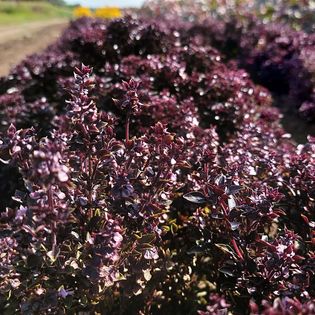
Many basic species are also planted and used in public areas. Basic species are plants that can also be found in nature. They are characterized by a high degree of resistance to environmental stress, but since in many cases they are not very decorative, they are not very showy, so they prefer to use bred varieties.
And what is a bred breed? An ornamental plant that is not found in nature, was not created naturally, but through the careful work of breeders. These varieties are usually showier, more colorful or even more resistant than the basic species.
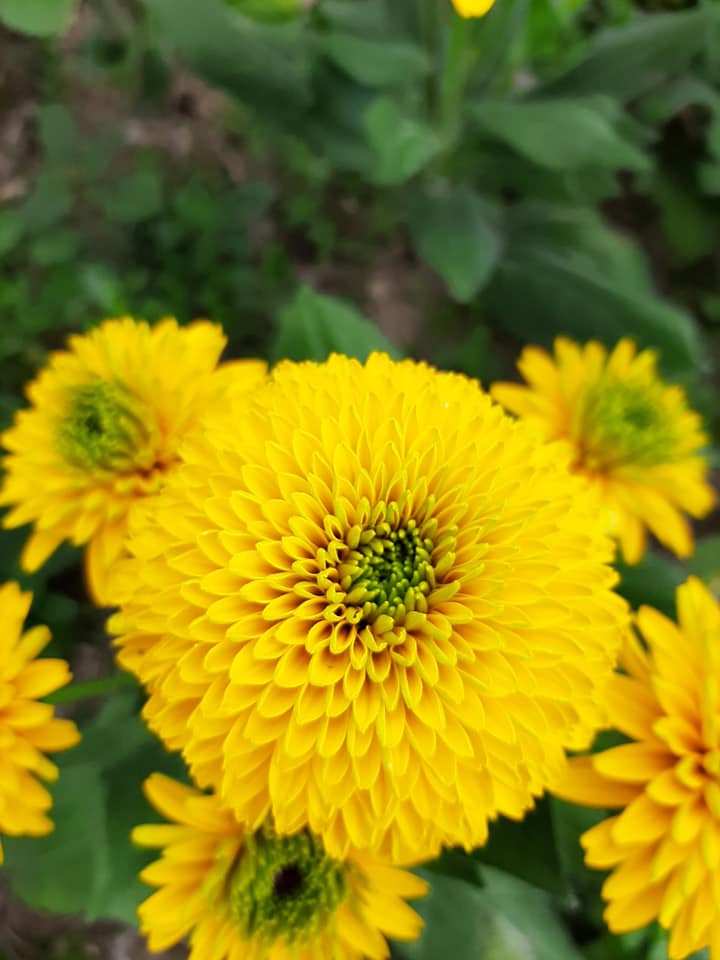
In Hungary, there are many cultivated varieties of plants, including fruit species, medicinal herbs, and field plants - but we also find a good number of Hungarian varieties among ornamental plants. Several internationally famous ornamental plant breeders are connected to the 22nd district. Márk Gergely's rose varieties are still very popular today - and many of the herbaceous ornamental plants are linked to Zoltán Kováts.
During his 60 years of work, Zoltán Kováts bred more than 100 varieties of annual and perennial ornamental plants. Among these, there are some that are only kept in the gene bank stock at the Budatetény site of the Hungarian Agricultural and Life Sciences University, but there are some that are still very popular to this day.
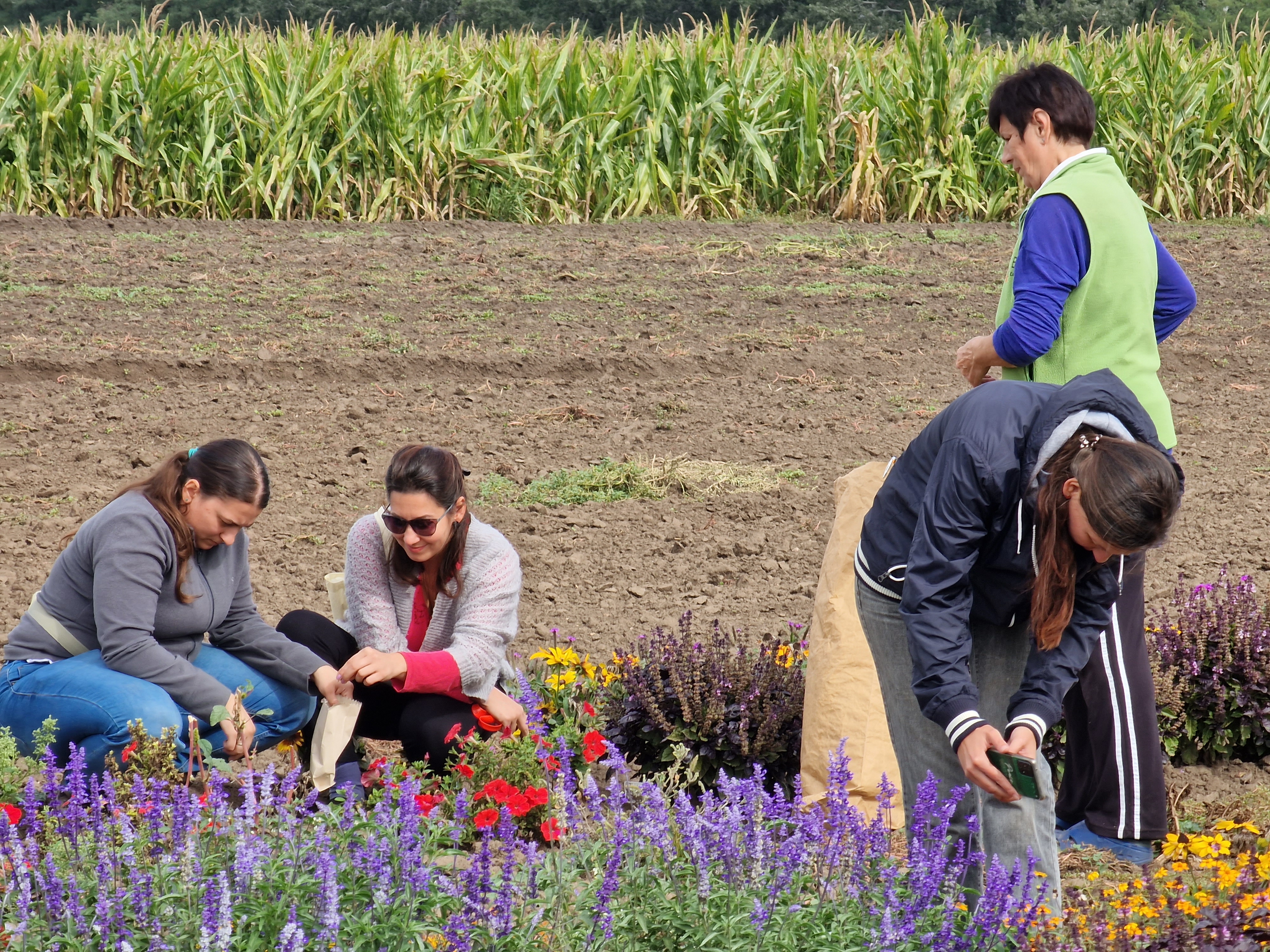
But why do species disappear and others remain? There are many reasons for this, but there are two most obvious factors. One is the constantly changing public taste and fashion. Let's think about our own world of taste: don't we like the same clothes, colors, shoes, and hairstyles all our lives, but this changes from time to time? Well, this is also the trend with plants, many varieties have gone out of fashion. These are planted less often, you can meet them less often in public areas, and new varieties take their place.
Another reason is environmental stress tolerance. We can all see that climate change is becoming more and more tangible. The uneven rainfall conditions and the huge summer drought pose a great obstacle to our plants. We can certainly see this in our own garden and on our balcony. Those plants in public areas or private gardens that cannot withstand this are weakened, thus more susceptible to diseases and die before the end of the growing season.
There are currently more than 80 varieties of Hungarian-bred annual ornamental plants.
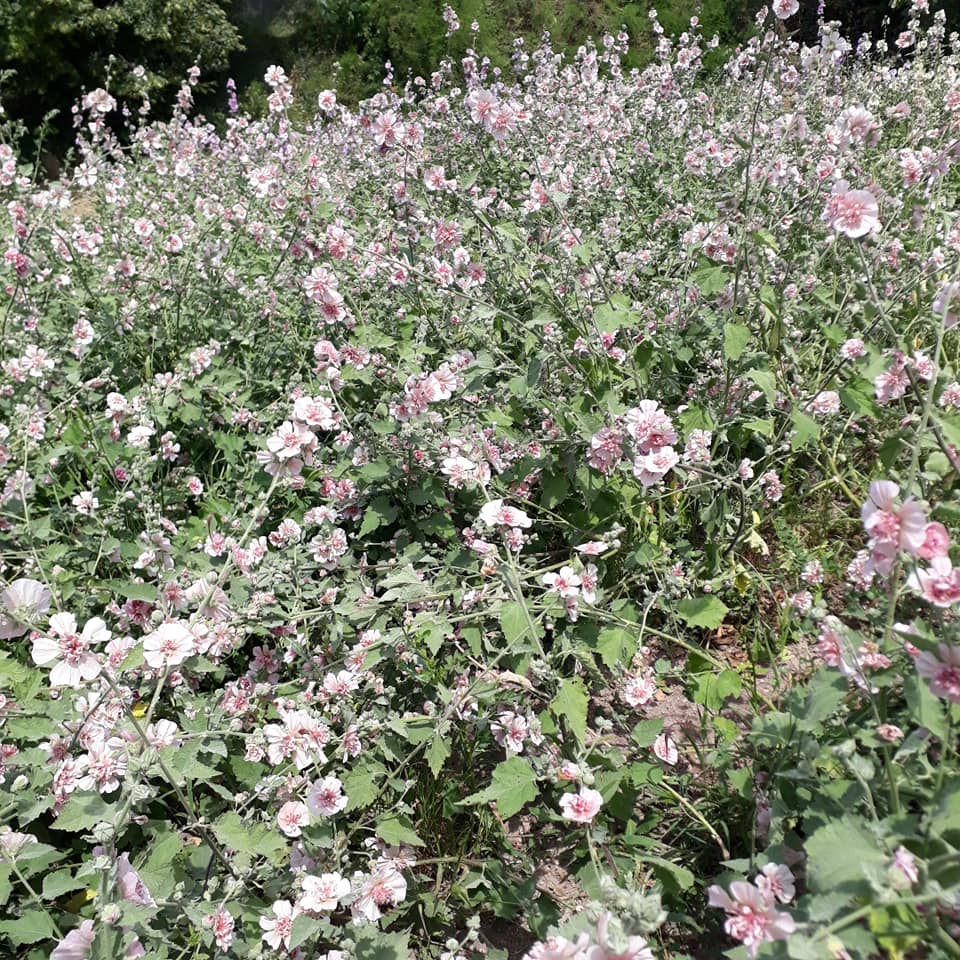
The maintainer of this collection is the Institute of Landscape Architecture, Urban Planning and Ornamental Horticulture of the Hungarian University of Agriculture and Life Sciences, and within it the Research Group on Ornamental Crops and Green Area Management. These Hungarian-breeded varieties are very valuable, as they represent value - and not only from a historical, but also from a genetic point of view. These varieties must be protected and taken care of, but most varieties (mallows, asters) are no longer suitable for planting because their climate tolerance is not suitable. This happened because at the time, 20-50 years ago, when Zoltán Kováts and his research team created them, we did not have to deal with such a large amount of dust and environmental stress, and breeding for this was not yet important. Therefore, these varieties are now heritage varieties, whose genetic maintenance is carried out continuously by MATE.
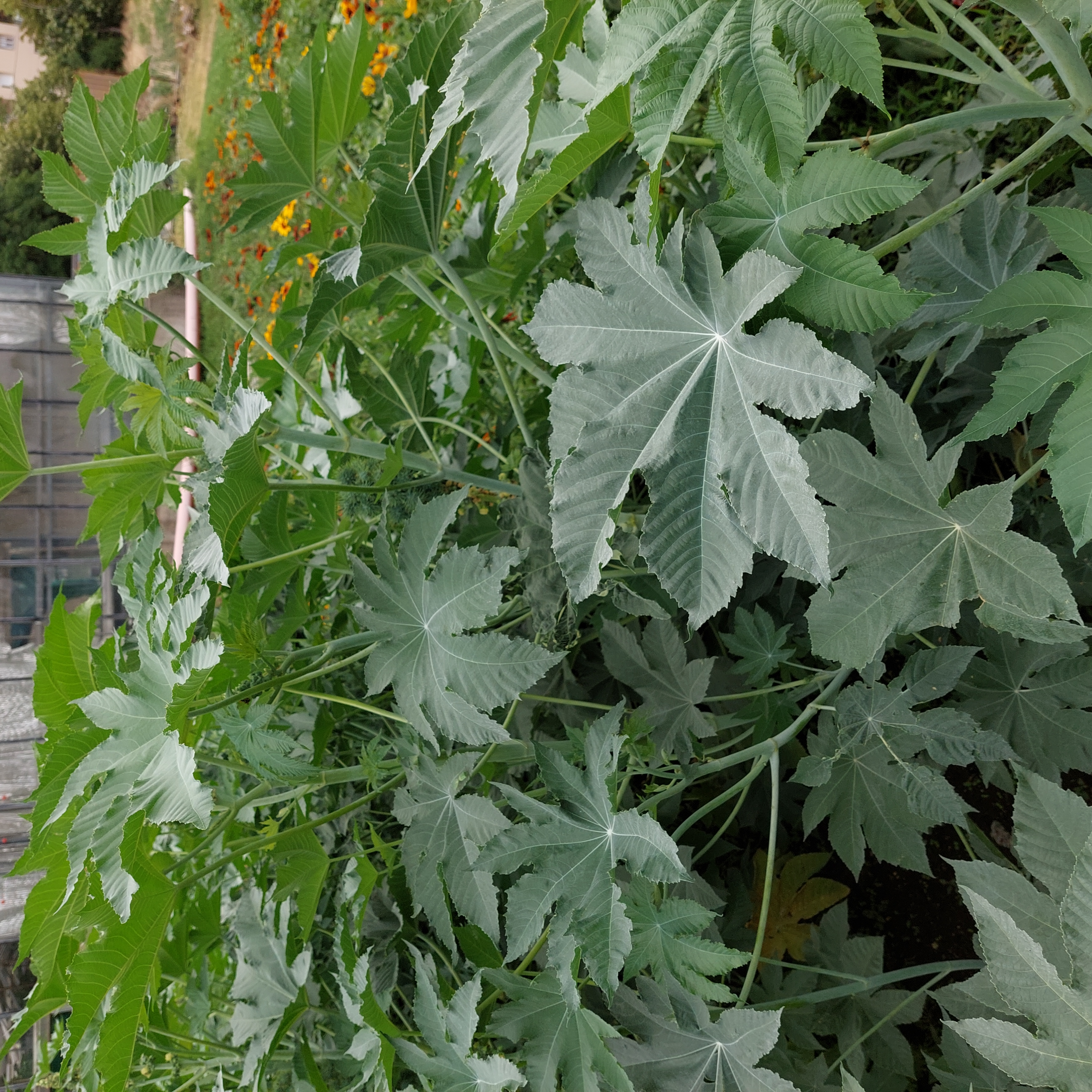
Due to the above, the Research Group considers the breeding of annual and perennial ornamental plant varieties that are resistant to the harmful effects of climate change and can decorate until the winter period to be a priority task. In addition, breeding climate-tolerant woody ornamental plants is also an important task. Breeding each variety takes many years, but the Research Group plans to announce new Rudbeckia hirta, Ricinus comunis, Lagerstroemia and Ginkgo biloba varieties in a short period of time.

